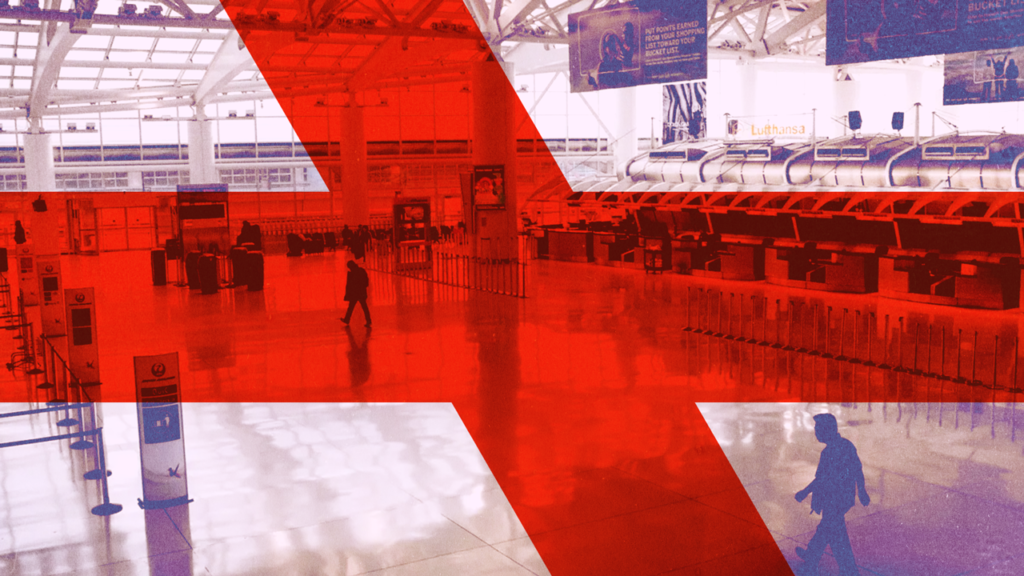The pandemic has devastated the travel industry at large and according to eMarketer, the effects will linger in Q3. According to the researcher’s updated forecast, travel industry digital ad spending in the US will plummet by 41 percent year-over-year to just $3.24 billion this year. That’s in comparison to eMarketer’s previous estimate that travel digital ad spending would grow 19.3 percent.
Travel will now account for just 2.4 percent of digital ad spending in the US.
EMarketer anticipates travel digital ad spending in the US will rebound to a 15.3 percent growth rate to $3.74 billion in 2021—a figure that barely exceeds the industry’s expenditure of $3.64 billion in 2017.
Until a vaccine is introduced and cross-border travel restrictions are lifted, consumers may be reluctant to travel the way they did before the crisis. This behavior will only worsen the situation for the travel industry.
The future is rosier for US digital ad spending as a whole. Emarketer estimates that total nationwide digital ad spending across all industries will recover from a sluggish 1.7 percent growth rate this year to 21.1 percent next year. Before the pandemic hit, eMarketer forecasted 17 percent growth in US digital ad spending.
Research shows consumers are eager to travel again. According to Skyscanner’s “The New World of Travel” report, US consumer searches for international travel were down by just six percent from the monthly average seen in 2019. The number of domestic travel searches made in August was six percent higher than the 2019 monthly average.
In addition, the report revealed 44 percent of US travelers believe it’s safe to travel domestically, as evidenced by the nearly one million passengers the Transportation Security Administration (TSA) screened during Labor Day weekend.
Consumer travel behavior has in fact started to pick up for some regions. For example, the number of national and international flights to Puerto Vallarta & Riviera Nayarit more than doubled in October from September, according to TravelPulse.
Confidence in cruising has also increased. According to MMGY Global’s Travel Safety Barometer, the cruise travel safety barometer rose seven points, from 24 in September to 31 in October. That progress comes as the Cruise Lines International Association (CLIA) announced it would require pre-boarding COVID-19 tests for all passengers and crew members on ships carrying over 250 people.

